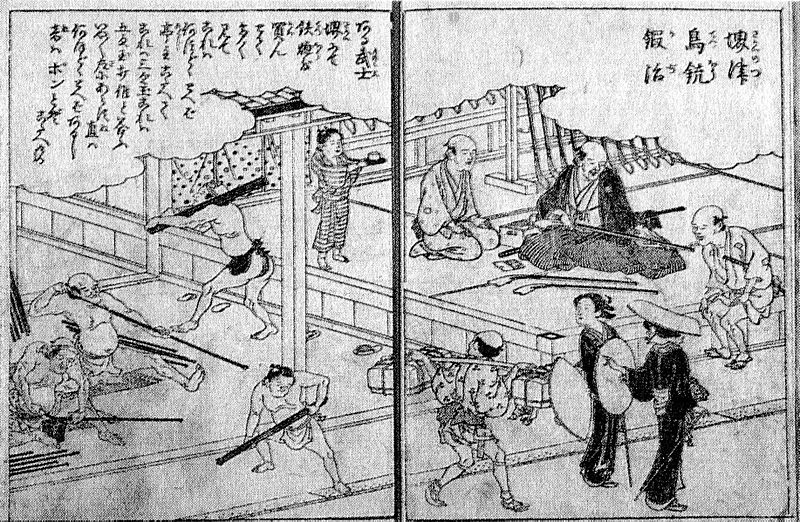
The Three Great Unifiers of Japan
The Sengoku period in Japan’s history, known as the “”Age of Warring States”, and lasting from 1467 to 1600, saw the rise of the samurai warrior class. The 15th and 16th centuries were a chaotic time for Japan. The country was divided into several independent warring states and warriors were in very high demand. Japan reunited in the late 1500s, establishing a strict social caste.
Samurai were at the top, followed by farmers, artisans, and merchants. Samurai had to live in castle towns and were the only people allowed to carry and own a sword. They were paid with rice by the feudal lords. Samurai who had no masters were called ronin.
The Sengoku period was marked by political intrigue, social upheaval, and almost never-ending military conflict.
Sengoku period battle, Japan.
The Warring States period was sparked by the Ōnin War, a dispute between Yamana Sōzen and Husokawa Katsumoto that escalated into a full-blown nationwide war involving the Ashikaga shogunate and several other daimyo from a number of regions in Japan. Essentially, the Ōnin War brought the collapse of the Japanese feudal system under the Ashikaga shogunate, and ended when the system was re-established under the Tokugawa shogunate.
After almost a century of political instability and warfare in Japan, the Edo Bafuku, also known as the Tokugawa bakufu (徳川幕府) or Tokugawa shogunate, was preceded by the Sengoku period.
Depiction of daily life during Sengoku period.
It was the last feudal Japanese military government that ruled over Japan from 1603 through 1868. During this period Japan adopted a policy, “Sakoku,” that isolated the whole country from the outside world. Three samurai from central Honshu, Oda Nobunaga, Toyotomi Hideyoshi, and Tokugawa Ieyasu are credited for unifying the country. The Three Unifiers, as they are known throughout history, had personalities and careers that are of great contrast. There is a popular anecdote to best describe each man’s character:
A story is told that there was a bird that refused to sing. Nobunaga’s response was to warn the bird, “Sing or I’ll kill you.” Hideyoshi coaxed the bird by saying “I’ll teach you to sing.” Meanwhile, Ieyasu sat back and thought “I’ll wait for the bird to sing.”


